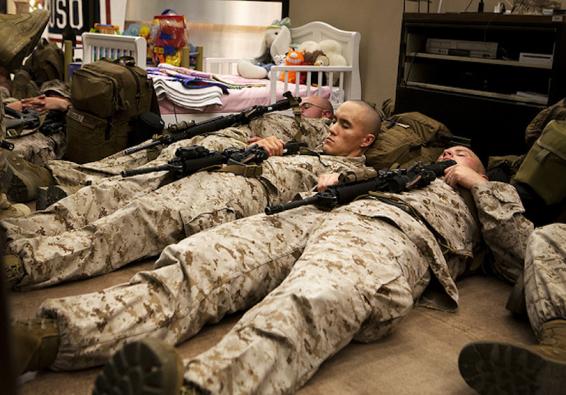Aside from the preventive strategies and operational countermeasures in HPRC’s research summary, there are some tools available.
The Department of Defense has helped develop a software tool that is used extensively by the USAF and USN to schedule work and rest periods for aviators. The Fatigue Avoidance Scheduling Tool (FAST) is used as an operational risk management tool to schedule sleep and naps and to predict dips in aircrew alertness. USN flight surgeons are trained to use FAST, and it is now used to evaluate all US Naval mishaps.
As for specific advice about sleeping conditions, whether for a major sleep period or for a nap, make sure the environment is conducive to good-quality sleep. Sleep is best in a safe environment. Ideal sleep conditions include a room that is completely dark, cool, and quiet, with a comfortable sleeping surface. Nighttime sleep is easier to initiate and maintain than daytime sleep, which is difficult under most circumstances. A masking noise such as a fan can cover intermittent outside noises. Earplugs are also good for covering outside noises. If a dark room is not available, an eye mask can help screen out light. Sleeping Marines should be housed separately from others; if working shifts, put all night workers in the same tent, room, etc., to keep day workers from disturbing the sleep of night workers and vice versa. Education concerning proper sleep habits also may be helpful for those who have time to sleep but have difficulty going to sleep or staying asleep.
